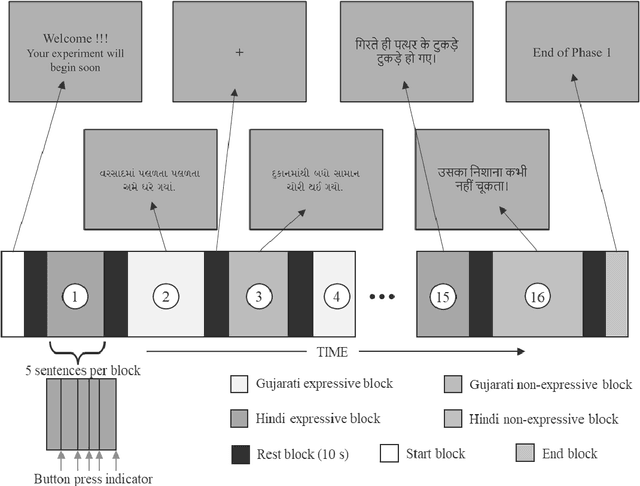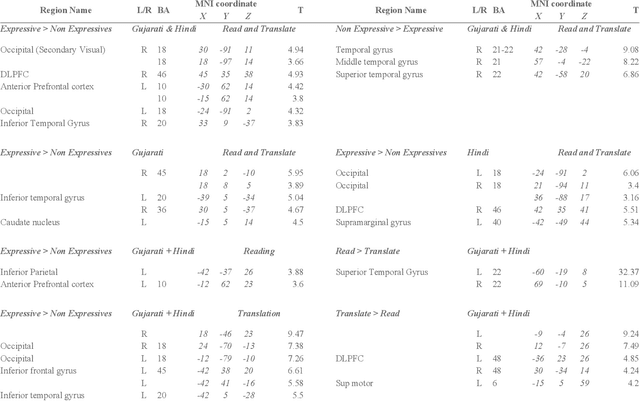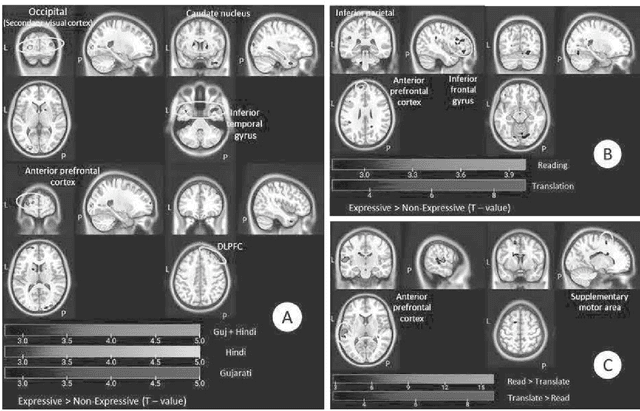Harshit Parmar
Towards Practical Application of Deep Learning in Diagnosis of Alzheimer's Disease
Dec 08, 2022Abstract:Accurate diagnosis of Alzheimer's disease (AD) is both challenging and time consuming. With a systematic approach for early detection and diagnosis of AD, steps can be taken towards the treatment and prevention of the disease. This study explores the practical application of deep learning models for diagnosis of AD. Due to computational complexity, large training times and limited availability of labelled dataset, a 3D full brain CNN (convolutional neural network) is not commonly used, and researchers often prefer 2D CNN variants. In this study, full brain 3D version of well-known 2D CNNs were designed, trained and tested for diagnosis of various stages of AD. Deep learning approach shows good performance in differentiating various stages of AD for more than 1500 full brain volumes. Along with classification, the deep learning model is capable of extracting features which are key in differentiating the various categories. The extracted features align with meaningful anatomical landmarks, that are currently considered important in identification of AD by experts. An ensemble of all the algorithm was also tested and the performance of the ensemble algorithm was superior to any individual algorithm, further improving diagnosis ability. The 3D versions of the trained CNNs and their ensemble have the potential to be incorporated in software packages that can be used by physicians/radiologists to assist them in better diagnosis of AD.
Is there an aesthetic component of language?
Feb 19, 2022


Abstract:Speakers of all human languages make use of grammatical devices to express attributional qualities, feelings, and opinions as well as to provide meta-commentary on topics in discourse. In general, linguists refer to this category as 'expressives'in spite of the fact that defining exactly what 'expressives' are remains elusive. The elusiveness of expressives has given rise to considerable speculation about the nature of expressivity as a linguistic principle. Specifically, several scholars have pointed out the 'special' or 'unusual' nature of expressives vis-a-vis 'normal' or 'natural' morpho-syntax.
Functional Parcellation of fMRI data using multistage k-means clustering
Feb 19, 2022Abstract:Purpose: Functional Magnetic Resonance Imaging (fMRI) data acquired through resting-state studies have been used to obtain information about the spontaneous activations inside the brain. One of the approaches for analysis and interpretation of resting-state fMRI data require spatially and functionally homogenous parcellation of the whole brain based on underlying temporal fluctuations. Clustering is often used to generate functional parcellation. However, major clustering algorithms, when used for fMRI data, have their limitations. Among commonly used parcellation schemes, a tradeoff exists between intra-cluster functional similarity and alignment with anatomical regions. Approach: In this work, we present a clustering algorithm for resting state and task fMRI data which is developed to obtain brain parcellations that show high structural and functional homogeneity. The clustering is performed by multistage binary k-means clustering algorithm designed specifically for the 4D fMRI data. The results from this multistage k-means algorithm show that by modifying and combining different algorithms, we can take advantage of the strengths of different techniques while overcoming their limitations. Results: The clustering output for resting state fMRI data using the multistage k-means approach is shown to be better than simple k-means or functional atlas in terms of spatial and functional homogeneity. The clusters also correspond to commonly identifiable brain networks. For task fMRI, the clustering output can identify primary and secondary activation regions and provide information about the varying hemodynamic response across different brain regions. Conclusion: The multistage k-means approach can provide functional parcellations of the brain using resting state fMRI data. The method is model-free and is data driven which can be applied to both resting state and task fMRI.
 Add to Chrome
Add to Chrome Add to Firefox
Add to Firefox Add to Edge
Add to Edge